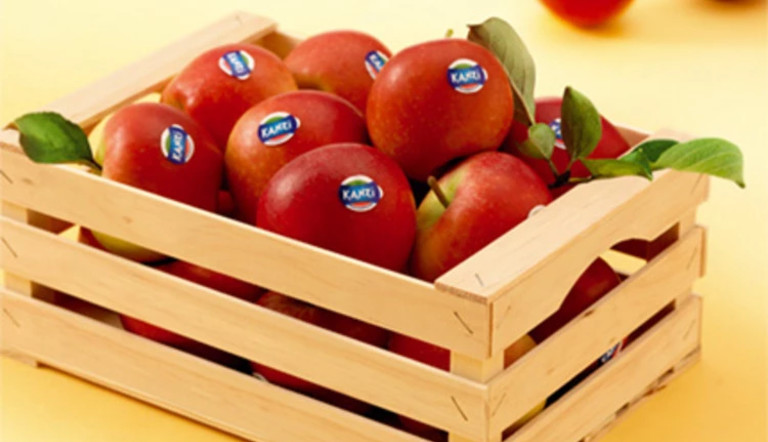
Club varieties – a growing success

Where did club varieties start?
The roots of club varieties can be traced back to the first patented apple - the Honeycrisp which was developed in 1960 by the University of Minnesota. The university obtained a patent on the cultivar which meant any grower who bought a Honeycrisp tree in the USA paid about $1 in royalty fees for each one.
In the 1980’s and 1990’s new varieties were developed by various breeders around the world with the aim of capitalizing on the concept and marketing apples through clubs with growing rights. Apple brands such as Pink Lady® (variety name: Cripps Pink), Kanzi® (variety name: Nicoter) and Jazz™ (variety name: Scifresh) are some of today’s biggest global brands out of these developments and many others are more focused on certain continents or regions.
What are club varieties?
Club varieties are licensed for growing and marketing by a plant breeder or another corporate entity which owns the legal rights to that variety. Licensees are growers and marketers depending on the licence system.
How does a farmer become member of a club?
Once a variety has been created any prospective grower approaches the licence holder to get permission to plant it and applies to become a club member. Application can be directly with the licensor (Variety Manager) or via the grower’s producer organization. It depends how the club is structured and the licensing system is organized. If approved by the owner to the rights, the grower would then sign up to a licence agreement.
What are the likely management controls?
Approval and subsequent management controls on growing club varieties vary widely, the simplest probably being a basic royalty fee for trees. But it can go to fully-closed arrangements with licence agreements containing strict rules on other production factors including fruit quality, agronomy, marketing (branding) and tree numbers.
What are the typical extra costs of growing club varieties and what premiums are possible?
Usually the grower has to pay one-off and/or recurring licence fees. The most common arrangements are tree royalties, acreage royalties (per hectare) or produce royalties (royalties per kg marketable fruit). Each club has its own licence fee structure, using one or a combination of the mentioned licence fees. The potential premiums vary from one club variety to another. The idea behind the managed varieties is to have a more stable yearly income for the grower, meaning that the marketers aim to avoid the erratic up and down swings of prices that selling commodities can have. Well managed varieties accomplish this through precise marketing and technical support to optimize prices and control supply which more than compensates the extra cost incurred over the lifetime of the tree. Not many varieties achieve this status but Pink Lady®, Kanzi® and Jazz™ are good examples of how tightly-controlled club varieties can work for the growers.
What does the retailer get out of the agreement?
Premium lines are important for retailers and club varieties provide that point of difference. Many retailers look for an exclusive supply of new club varieties to go in to their premium lines but many are across all retailers such as the three mentioned previously.
Image Gallery
Related Articles

How the Cazado® Launch Embodies Value Innovation

From Market, For Market: How Grower Feedback Drives Innovation

